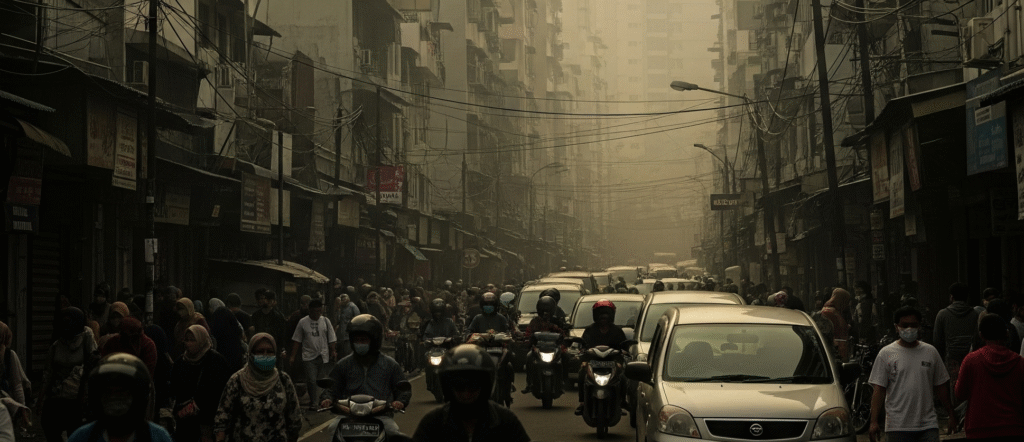XI-3. Reading Evaluation
This is the final quiz for this unit. Read the passage carefully and answer the 10 questions that follow.

The Shift from Rural to Urban Life
For centuries, the majority of the world’s population lived in rural areas, primarily working in agriculture. However, the last two hundred years have seen a massive migration of people from the countryside to cities, a process known as urbanization. This shift has been driven by several powerful factors. The most significant of these is the search for economic opportunities. Cities are centers of industry, commerce, and innovation, offering a wider range of jobs with potentially higher salaries than are available in rural communities. This economic pull is especially strong for young people seeking to build a career and improve their financial situation.
Another key factor is access to better services and amenities. Urban areas typically have more advanced infrastructure, including a greater number of schools, universities, hospitals, and entertainment venues. For families, the prospect of providing their children with a better education is a powerful motivator. Similarly, access to specialized healthcare is a critical consideration for many, particularly the elderly.
However, this rapid urbanization is not without its considerable downsides. The strain on urban infrastructure is immense. Cities struggle with challenges such as housing shortages, which drive up prices and make living unaffordable for many. Public transportation systems become overcrowded, and traffic congestion becomes a chronic problem, leading to wasted time and increased pollution. Furthermore, the loss of a close-knit community, which is often a feature of rural life, can lead to social isolation for new arrivals. Thus, while cities offer the promise of a better life, they also present a complex set of problems that must be managed carefully.